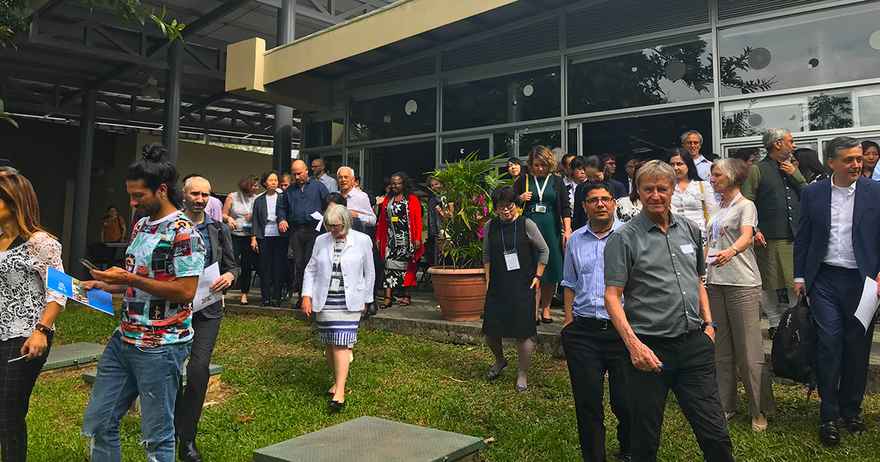ESD-for-SDGs a post-GAP Vision

The current framework of the UNESCO Global Action Programme (GAP) for Education for Sustainable Development (ESD) will end in 2019 and a decision on the post-GAP period will soon have to be made by UNESCO Member States.
To that effect, the UNESCO Secretariat is launching a global consultation process to reflect on the post-GAP period and on the future direction of ESD.
For this purpose, UNESCO has drafted a position paper on the future of ESD through a series of meetings of experts, as well as a desk review of related literature and results of the mid-term GAP implementation.

The mid-term review demonstrated that the programme has been successful beyond the initial targets set, generating millions of actions related to advancing policy, transforming learning and training environments, building capacities of educators and trainers, empowering and mobilising youth and accelerating sustainable solutions at local level.
For instance, within the activities GAP Priority Action Area 5, responsible for accelerating efforts to scale up actions through communities, bioregions, regional centres of expertise and cities, we heard that 145 local authorities, municipalities and communities in 68 countries are benefiting from the mainstreaming of ESD.
These results have been achieved through the combined effort of Hamburg City, Okayama City, Mexico City, ICLEI, UN Habitat, UNU, the UNESCO Global Network of Learning Cities, Gaia Education, NaDEET, Drishtee and the World Network of Biosphere Reserves of the MAB programme.
GAP Key Partners came together for the third Key Partner meeting, organised in San Jose, Costa Rica in order to discuss the draft position paper and provide feedback and ideas for further revision. The meeting provided an opportunity to plan the work of the Partner Networks until 2019.

GAP Priority Area 5 partners shared the sense of urgency and need to re-double efforts to further the sustainability agenda by
- building capacity in ESD by engaging communities in the vitally important conversation of how to accelerate the implementation of ESD and the 17 SDGs at local level.
- developing training tools, methodologies and good practices, and preparing an ESD training script for local authorities and communities, to help integrate ESD into policies, programmes and initiatives.
- offering assistance in mainstreaming ESD in non-formal and informal community settings.
- developing an ESD Policy and Action Pact to be signed by as many local authorities as possible. Network members are currently developing an outreach strategy to promote it and encourage further signatories.
- supporting the translation and dissemination of SDG Flashcards and related training script.
The post-GAP vision for the timeframe of 2020-2030 is mindful of the presence of the 17 SDGs agreed upon by the global community as the entry points to address the key sustainable development challenges the world faces. Accordingly, the new goal is to contribute to the building of a more just and sustainable world through advocating for the achievement of the 17 SDGs. This ‘ESD-for-SDGs’constitutes the new, post-GAP vision.



0 comments
Leave a comment